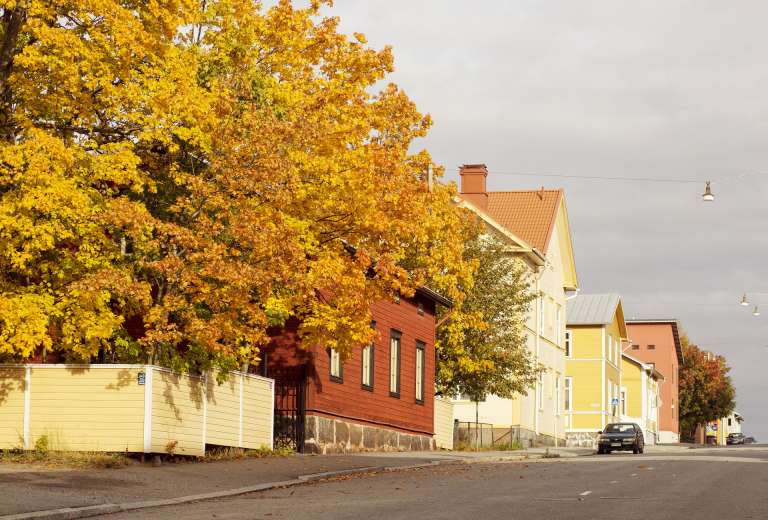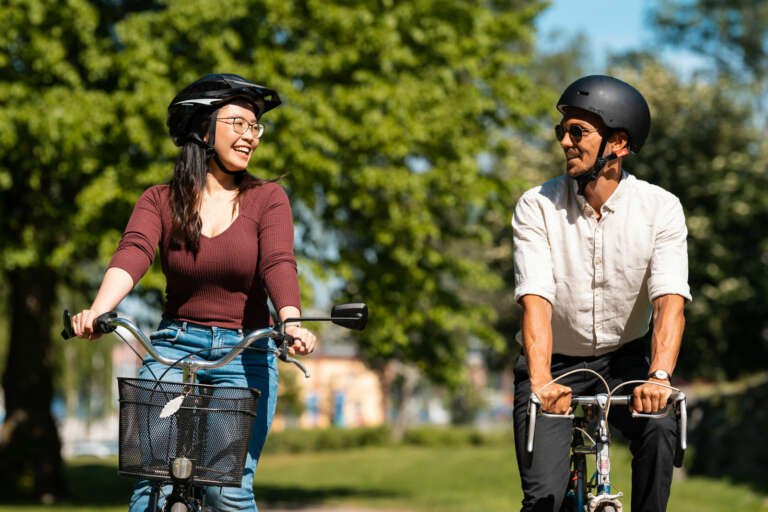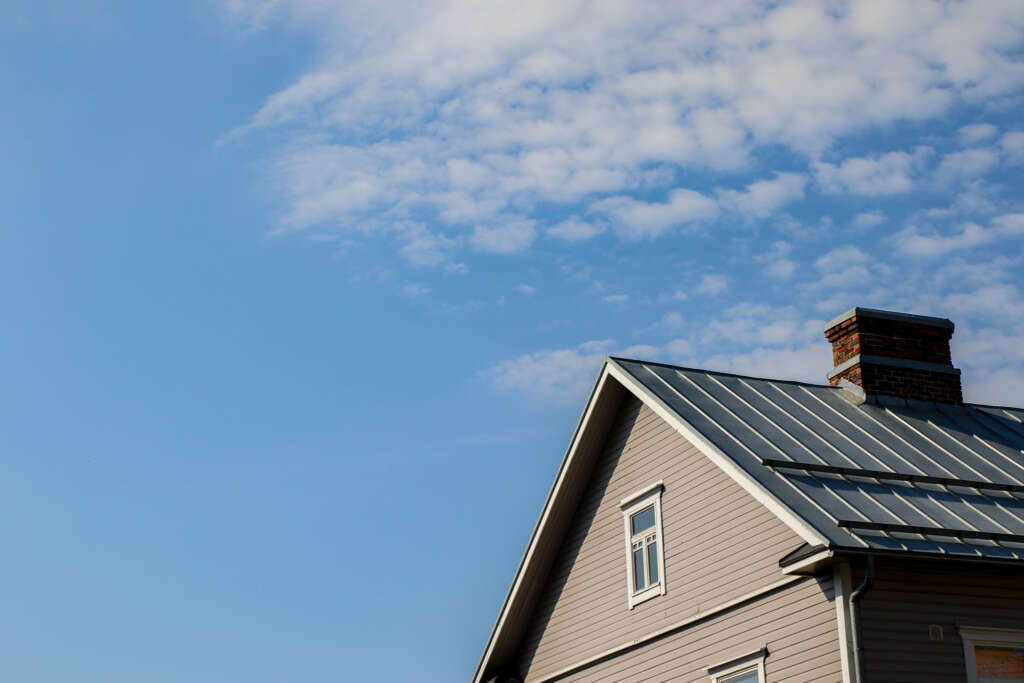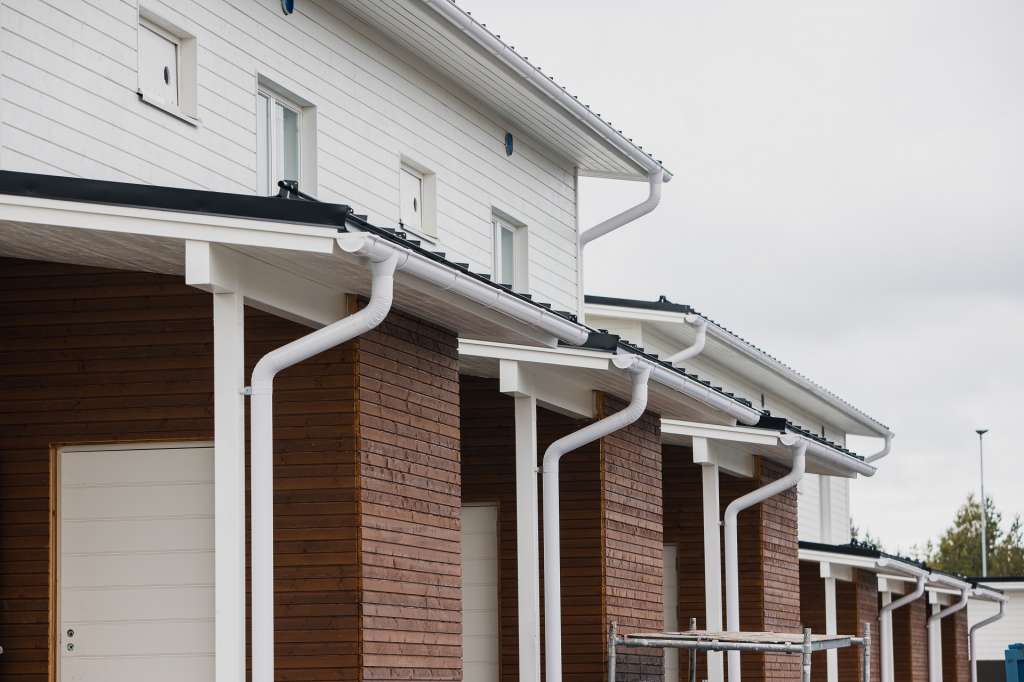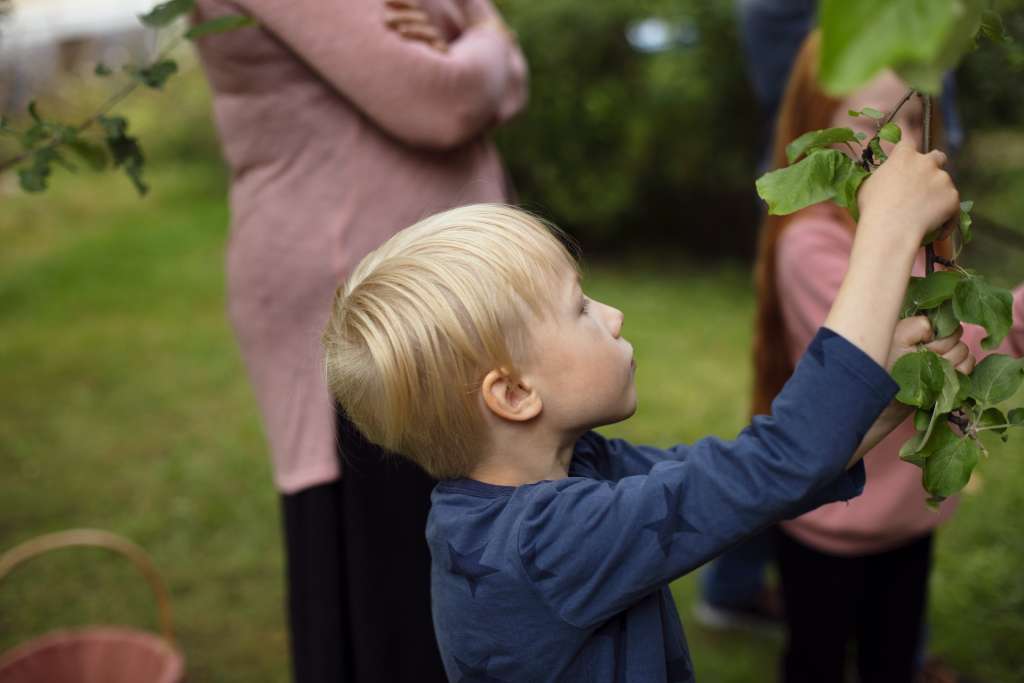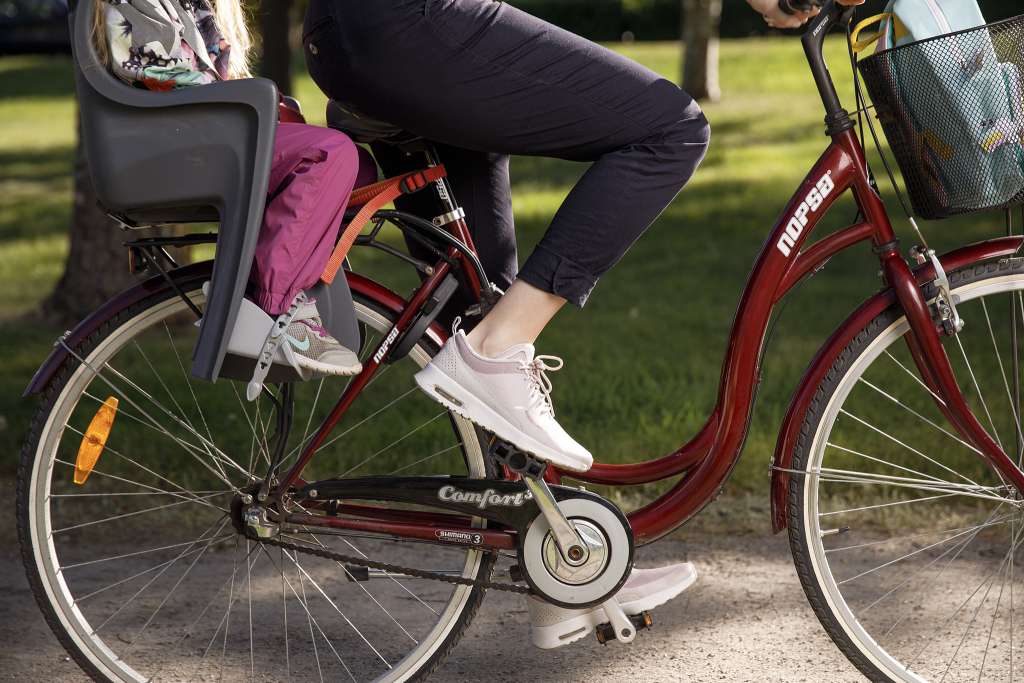Small actions, big impact
Households contribute significantly to emissions in Finland, accounting for nearly 70%. This includes emissions from housing, heating, food, and other consumption-related activities. By making changes in our everyday lives, we can significantly reduce our emissions.
Even small actions in daily life can have a big impact on the bigger picture. Individual actions accumulate as more people commit to them. Through everyday climate choices, you can:
- Contribute to combating climate change
- Gain personal benefits, such as saving energy and costs
- Improve well-being through sustainable ways of getting around.


